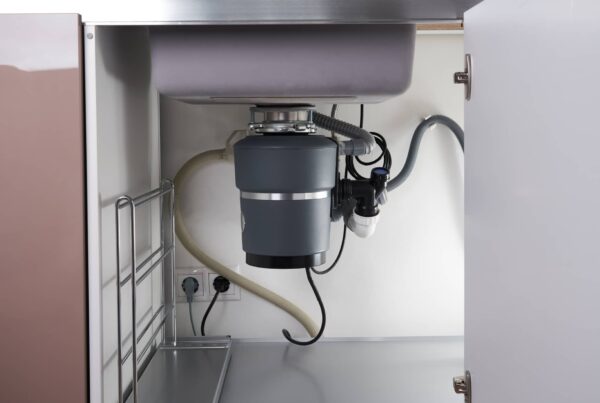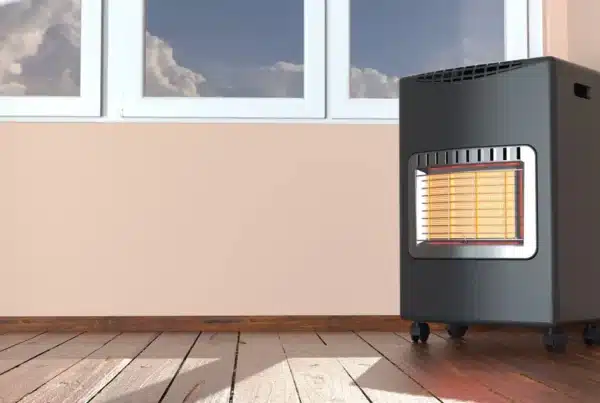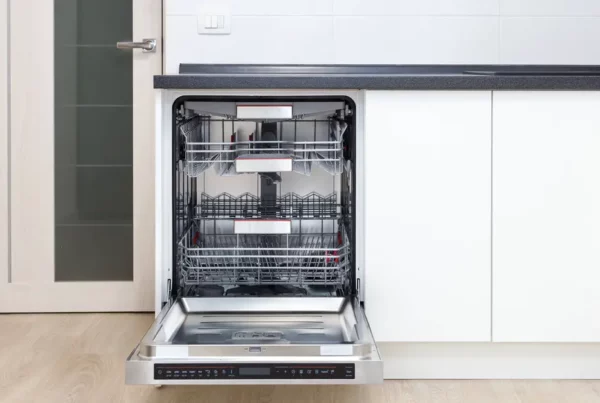
In some cases, homeowners like to hang items from the exterior of their homes. Consequently, if you have a stucco exterior there is always a concern of cracking the surface. However, you can drill into the stucco if you are careful and follow the instructions. Ever wonder how to drill into stucco? Simply put, use a masonry drill bit and locate the area that you want to drill, and create your hole.
Let’s take a look below at some more specifics regarding stucco and drilling into it.
What Is Stucco?
Stucco is a material that is created with aggregates, water, and a binder to hold it all together. We often see stucco exteriors on homes in the Northwest and the Southern half of the United States. In some cases, stucco is used on the interior of a home to create a different aesthetic perspective. Stucco is mixed and then wet down. It goes onto the home as a wet plaster and takes about 90 days to completely dry.
What Is Needed To Drill Into Stucco?
With every project that you do, you will need some supplies or equipment. For this project, you won’t need much. You will need the following items below for your project.
- Measuring tape
- Pencil
- Drill
- Masonry drill bits for stucco.

How Do I Drill Into The Stucco?
Drilling into stucco is not a difficult task. It simply takes a drill, a masonry drill bit, and a little bit of human power. Let’s take a look at some suggested steps for successfully drilling into the stucco.
- Take your tape measure and locate the area where you would like to drill. Measure up from the ground so that all holes that need to be drilled are even. Use your pencil to mark the area that you will be drilling.
- Take your masonry drill bit and insert it into your cordless drill. Masonry drill bits are specifically designed to cut through any stucco, concrete, or hard surface. Be sure to select the correct drill bit size that equals the size of the hole that you will need. This is important as drill bits come in a variety of sizes.
- Take your drill and place the drill bit directly over the pencil marking for the location of the hole. Press the drill bit firmly against the stucco and squeeze the power button to drill. As the drill begins to go, you will push against the drill to sink the masonry drill bit deeper into the hole. Once you have achieved the desired depth of the hole, switch the drill to reverse mode and pull the masonry drill bit back out. For larger holes change to larger bits.
Other Recommended Maintenance
Now that you understand how to drill into the stucco, you should read up on how to repair any cracks in the stucco. This can occur due to a variety of things. Weather and shifting of the ground are typical reasons why stucco might crack.
Next, it would be a good idea to read up on how long it takes stucco to dry. You wouldn’t want to drill holes into the stucco before it is finished drying. Consequently, drilling into the stucco before it dries will create inconsistencies in the stucco and create added cracking.
Lastly, if you notice that your stucco extends below the grading of your home, you will want to call a professional contractor. Whoever installed the stucco did not do it properly. Additionally, you will want this fixed before it causes more damage to your home.

When Do I Call A Professional?
When dealing with stucco is a great idea to call on a professional. However, something as simple as drilling a hole into your stucco is an easy do-it-yourself project. Also, if you aren’t sure if the stucco is good for drilling, call your local home inspection team. They can inspect the exterior of your home and give you the green light for drilling.
Conclusion
Before you ever decide to drill into the exterior of your home or make upgrades to it, you should call on your local home inspection team. They can inspect the exterior of your home. Also, they can refer a reputable stucco contractor if you need one. Call Waypoint Property Inspection to inspect your home in Tampa, St. Petersburg, Lakeland, Orlando, Palm Beach, Ft. Lauderdale, and surrounding areas.



